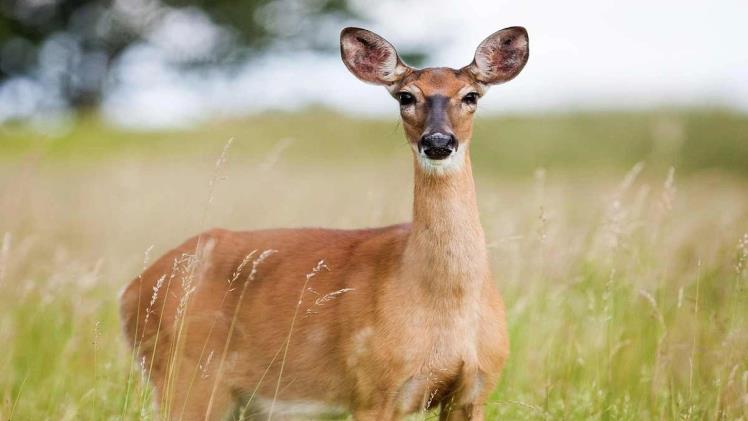What Is Habitat and Why Is It Important to Your Favorite Species?

A habitat is a term used to describe the physical environment in which a certain species lives. There are various types of habitats, with each one having a different set of features that help determine how well it can sustain an organism’s life. The basic components of a habitat include food, water, and shelter. When all of these components are present, a habitat is considered suitable for an organism. Read on to learn more about habitat and how important it is to your favorite species.
A habitat is the place where an organism lives. It must be a suitable environment for that particular species, including food, shelter, water, and soil. Various other factors play a role in determining the success of an organism. For instance, a prickly pear cactus needs a desert-like environment with sandy soil, as its natural habitat is arid. The prickly pear would die without a desert-like climate. In addition to a drier climate, it also needs space to move around, hide, and play.
The types of habitats are classified according to their physical characteristics. For example, woodlands are areas where trees are spread out, while mountain habitats are dominated by mountains. Natural grasslands are areas where most plants are native to the area, such as the tussock grass. Many animals live in coastal areas and in cliffs, which offer important protection and shelter for various animals. Finally, the oceans are considered one of the largest habitats on earth and are home to many types of animals.
